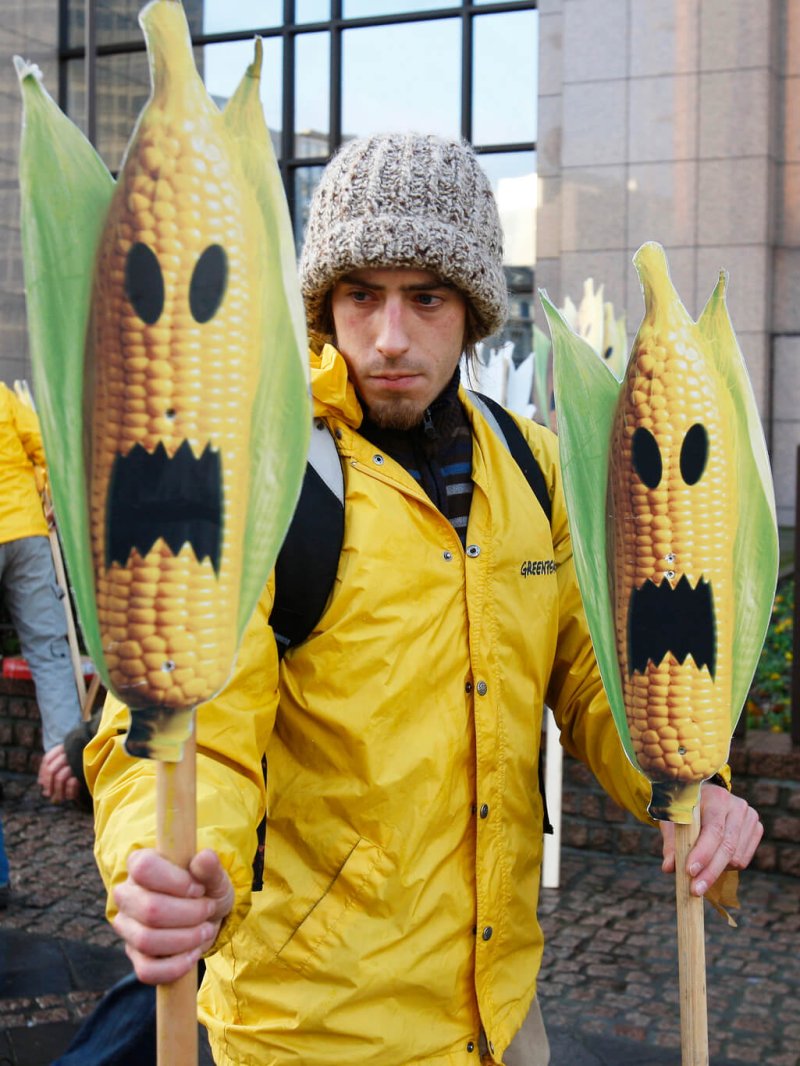As individuals, we’re able to decide whether a single action is acceptable to us, or deemed to be too risky. Yet, have you ever wondered how decisions are made on whether a new food product or technology is …. too risky?
…
To be able to assess the risk of a new product, scientists use proven methodologies to quantify the level of the risk and then compare this risk factor with the risk factors of existing products. If estimated risk and comparable exiting acceptable risk are close to being the same, then the new product is approved for safe use ….
…
Europe’s scientists use the same methodologies as those that have approved GM crops and foods to assess the risk, determining the risks to be similar to existing crops and foods. However, the approval …. of these crops and foods is carried out by a committee of senior bureaucrats.
The issue with bureaucrats making these decisions is that …. their understanding or perception of the results may not match the actually documented risk. Secondly, these committee members are required to follow government policy regarding GMOs, which is frequently based on political populism
Read full, original article: Safe foods and technologies no longer reaching some markets































